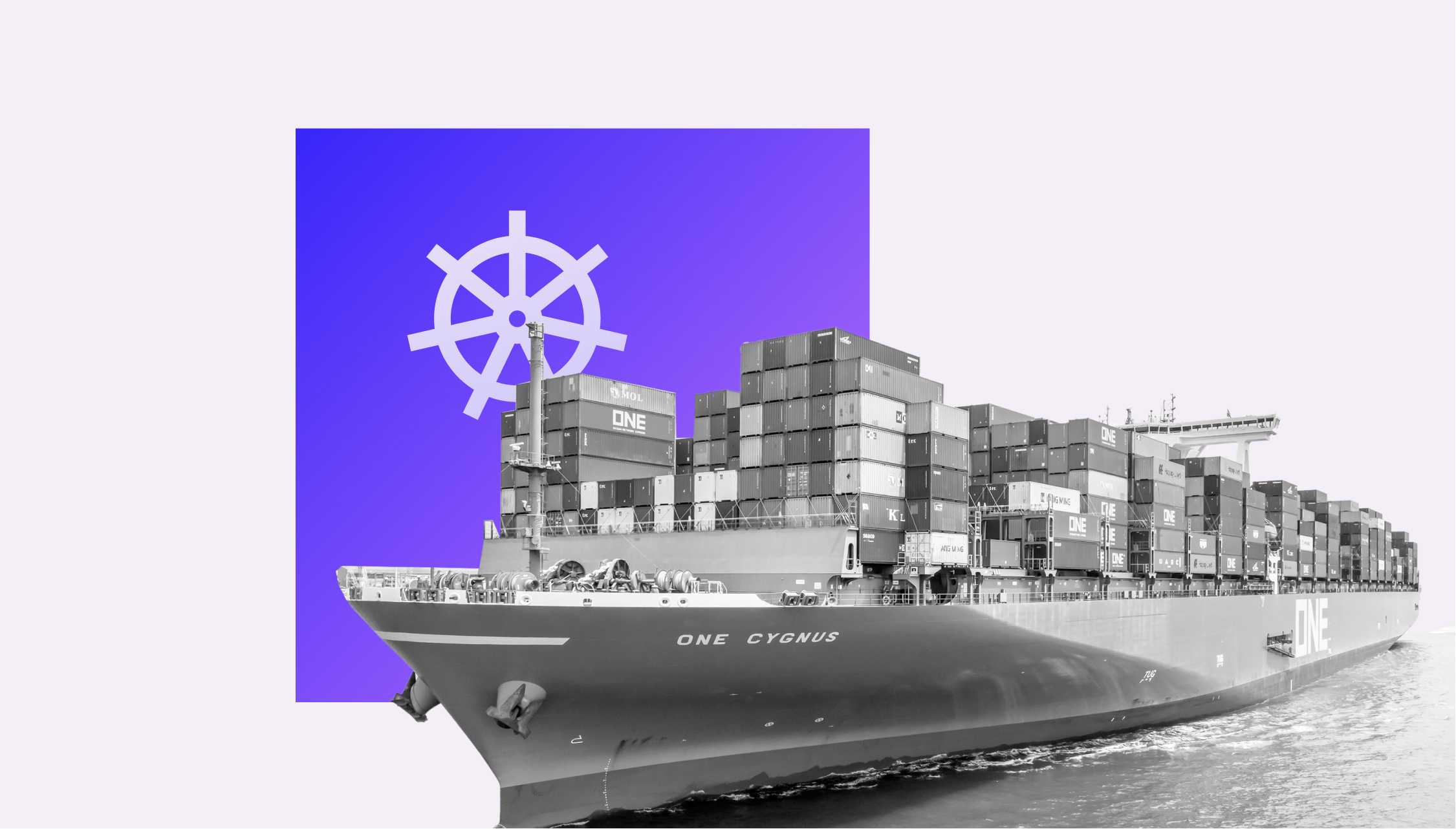
The container technology offers these advantages

The idea behind container technology dates back to 2000. Today, both Docker and Kubernetes are the most widely used tools. The unique characteristics of this technology offer major advantages over different environments.
Published by

Carina Prüll
Date
Definition: What is a container?
Containers are able to virtualize applications, with each container and its own application being strictly separated from other containers on the same machine. The containers “know”, as it were, nothing about each other and also cannot access their neighbors’ data. The difference between this and conventional virtual machines is that a container does not emulate its own operating system, but uses that of the host system.
The container itself has all the files required for the runtime, including dependencies and libraries. This results in a self-contained package with the runtime environment of the respective application.
Find perfect domains
The benefit of a container is that its format can be defined and so easily transferred to other host systems. Developers and administrators are therefore able to move applications between different system environments without having to reconfigure them, usually with all information and data being transported in a single file.
A well-known example of this container technology is the open-source software Docker, released in 2013. The program provides all the functions needed for the virtualization of applications and the strict separation of individual containers on one host computer.
Benefits of container virtualization
As already noted, a container provides a self-contained environment. The main benefit of container technology and the advantage over virtual machines is that containers require less RAM and disk storage space and are also more sparing in their use of hardware resources (CPU performance). Since, unlike a VM, a container does not include a complete operating system, a container is considerably “leaner”, allowing more containers than virtual machines to be realized on one physical machine. Launching a container within its environment is also significantly faster than booting an entire virtual machine.
Containers are used in corporate IT infrastructures to optimize and streamline applications and development processes. This leads to cost reductions resulting from efficiency improvements. Additionally, applications and their updates can be rolled out more easily and faster with reduced admin effort, which incidentally also helps to avoid errors.
In short: development, testing, and quality assurance receive significant support from container technology thanks to efficient processes.
Which server hosting package best suits your project? Find out in our article an overview of the various types of servers: Cloud and bare metal servers.
Advantages of containers
Due to their independence from the respective host operating system, standardized containers offer invaluable advantages both for development and in day-to-day operations:
- Applications in a container run faster and more effectively than on a virtual machine provisioned for this purpose, which first has to be fully booted when launching the application and shut down again when closing it.
- Containers can use existing hardware resources efficiently as they do not require their own operating systems. This saves on physical resources which can in turn be used for other applications.
- Applications in containers are easier to scale as the container virtualization is based on units operating independently. This allows the applications to be quickly and flexibly started when needed (horizontal scaling) and the container’s resources can also be increased or decreased during runtime (vertical scaling). Containers can be easily ported to other environments as they are largely independent of the host operating system. They can therefore be migrated to the new environment with minimal effort.
- Containers can make software development more agile as individual containers can be developed within a very short timeframe and furthermore are easy to duplicate (continuous integration). This offers the advantage that a container in a development environment delivers the same results as in a production environment.
What about the security of containers?
Applications in containers are just as secure as those in conventional server solutions or on virtual machines. The critical security aspects lie only in how the environments are set up. Ultimately, the security model within the underlying server is key. This way, appropriate options can be selected at each layer of the architecture in order to ensure the required operational and data security, depending on whether you are running a container locally or in a cloud environment. Of course, however, security also depends on how secure the application running in the container is itself.
Containers are here to stay
Container virtualization has made the leap from being a hype within software developer circles to becoming an essential cornerstone in the IT infrastructure of many corporations. The scalability and flexibility along with the possibilities for standardization are key arguments in favor of containers.
However, the proliferation of this technology is still hampered by security concerns on the part of decision-makers and a lack of know-how. IT service providers offer container solutions as containers as a service (CaaS) and managed service packages. Kubernetes, the leading container management platform, is recommended for the streamlining of their administration.







